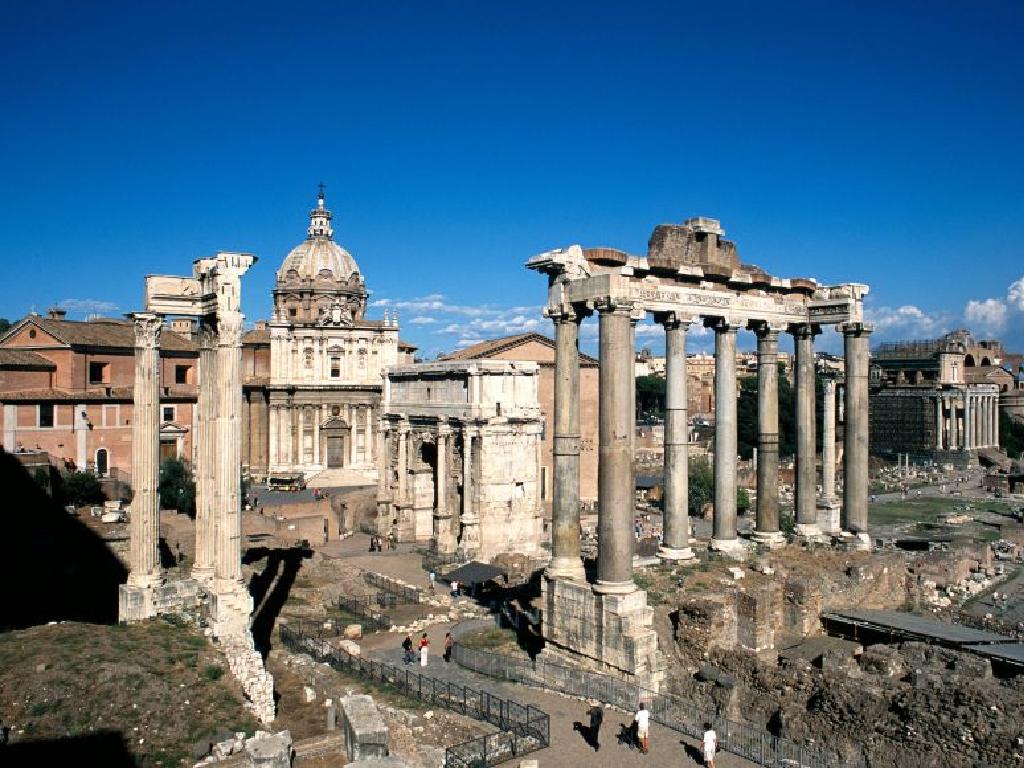Country Profile: Brazil
Subject: Social studies
Grade: Sixth grade
Topic: The Americas: Society And Environment
Please LOG IN to download the presentation. Access is available to registered users only.
View More Content
Welcome to Brazil: A Country of Diversity and Nature
– Brazil: South America’s giant
– The largest country in South America, known for its vast rainforest and vibrant culture.
– Today’s journey: society & environment
– Explore Brazil’s geography
– Locate Brazil on the map and discuss its diverse landscapes from the Amazon to the Pantanal.
– Discover Brazil’s cultural & environmental richness
– Learn about the mix of indigenous, African, and European influences and why the Amazon is vital for global ecology.
|
This slide introduces students to Brazil, setting the stage for a comprehensive lesson on its society and environment. Emphasize Brazil’s size and its position in South America. Highlight the day’s focus on understanding how Brazil’s geography influences its culture and environment. Discuss the learning objectives, which include identifying Brazil on a map, appreciating its cultural diversity, and recognizing its environmental significance, especially the Amazon rainforest’s role in global ecology. Encourage students to think about the interconnectedness of society and environment and how Brazil serves as a prime example of this relationship.
Exploring Brazil’s Geography
– Brazil’s location in South America
– Brazil is the largest country in South America and fifth largest in the world.
– Diverse landscapes of Brazil
– Home to the Amazon Rainforest, Pantanal wetlands, and the Atlantic Forest.
– Climate zones across Brazil
– Ranges from tropical in the north to subtropical in the south.
– Significance of geographic diversity
– Brazil’s geography affects its biodiversity and culture.
|
This slide introduces students to the geography of Brazil, emphasizing its position on the globe and the variety of its landscapes and climate zones. Highlight Brazil’s size and its location in South America. Discuss the major landscapes, including the Amazon Rainforest, known for its vast biodiversity; the Pantanal, one of the world’s largest tropical wetland areas; and the Atlantic Forest, which runs along the Atlantic coast. Explain the different climate zones, from the tropical north near the equator to the cooler subtropical regions in the south. Emphasize how this geographic diversity influences Brazil’s environment, wildlife, and the way of life of its people. Encourage students to think about how living in different parts of Brazil might vary due to these geographic factors.
Exploring Brazilian Culture
– Official language: Portuguese
– Portuguese is spoken by nearly all Brazilians.
– Carnival: A festival of joy
– Carnival features parades, costumes, and samba.
– Traditional dish: Feijoada
– Feijoada is a hearty stew with beans and meat.
– Cultural diversity in Brazil
|
This slide aims to give students a glimpse into the rich and diverse culture of Brazil. Emphasize that while Portuguese is the official language, Brazil’s culture is a melting pot of influences from indigenous peoples, African, and European traditions. Carnival is an excellent example of this blend, known worldwide for its spectacular parades and the rhythmic music of samba. Feijoada, a traditional stew, reflects the country’s culinary history, combining indigenous and African ingredients. Discuss the importance of cultural diversity and how it shapes the society and environment of Brazil. Encourage students to explore more about Brazilian culture and its influence on the country’s identity.
Brazil’s Diverse Economy
– Agriculture: Key crops
– Brazil is a top producer of coffee, soybeans, and sugarcane.
– Industry: Varied sectors
– Strong in aerospace, automotive, and textiles manufacturing.
– Tourism: Popular destinations
– Rio de Janeiro and the Amazon rainforest attract many tourists.
– Economic growth and challenges
|
This slide provides an overview of the Brazilian economy, highlighting its main sectors: agriculture, industry, and tourism. Brazil is renowned for its agricultural output, especially coffee, soybeans, and sugarcane, which are significant exports. The country has a robust industrial sector with advanced aerospace and automotive industries, as well as textiles. Tourism is also a vital part of the economy, with iconic attractions like the city of Rio de Janeiro and the vast Amazon rainforest drawing visitors from around the world. Discuss the impact of these sectors on Brazil’s growth and the challenges they face, such as environmental concerns and economic inequality.
Environmental Challenges in Brazil
– Deforestation in the Amazon
– The Amazon rainforest is being cut down, affecting the whole planet.
– Conservation efforts in Brazil
– Protecting wildlife and native tribes is crucial for biodiversity.
– Sustainable practices
– Ecotourism and renewable energy help preserve natural resources.
– Brazil’s role in global ecology
|
This slide addresses the pressing environmental issues facing Brazil, with a focus on the Amazon rainforest. Deforestation has significant global implications, including climate change and loss of biodiversity. Emphasize the importance of conservation efforts to protect the rich variety of species and indigenous communities that depend on the forest. Sustainable practices such as ecotourism and investment in renewable energy sources are vital for maintaining the country’s natural beauty and resources. Highlight Brazil’s unique position as a key player in the stewardship of the global environment. Encourage students to think about how their actions can impact the environment, even from afar.
Brazil Today: Society and Global Role
– Urbanization in Brazil
– Explore city life in São Paulo and Brasília
– Education and healthcare status
– Progress made and challenges faced in these sectors
– Brazil in international relations
– Brazil’s participation in global organizations
– Brazil’s influence in BRICS and UN
– Influence and contributions within BRICS and the UN
|
This slide provides an overview of contemporary Brazil, focusing on urbanization, social services, and international relations. Urbanization has led to the growth of major cities like São Paulo and Brasília, which are centers of culture and economy but also face issues like overcrowding. Education and healthcare have seen improvements, yet disparities and access remain challenges. Internationally, Brazil is an active member of BRICS (Brazil, Russia, India, China, South Africa) and the United Nations, playing a significant role in discussions on global economic policy and sustainable development. Encourage students to think about how urbanization affects daily life and to discuss the importance of international relations in today’s interconnected world.
Class Activity: Create Your Brazil Profile
– Form groups for poster creation
– Research Brazil’s key facts
– Focus on geography, culture, economy, and environment
– Design a country profile poster
– Include maps, symbols, and important statistics
– Prepare for a class presentation
– Discuss who will present each part
|
This activity is designed to engage students with the diverse aspects of Brazil. Divide the class into small groups and assign each group the task of creating a poster that profiles Brazil, covering its geography, culture, economy, and environmental issues. Provide resources such as textbooks, library access, or internet for research. Encourage creativity in the design of their posters, using visuals and clear information. Once the posters are complete, each group will present their work to the class, explaining the information they’ve gathered. This will help students practice their research, teamwork, and presentation skills. Possible variations of the activity could include focusing on different Brazilian states, comparing Brazil to other South American countries, or creating a digital profile instead of a poster.






